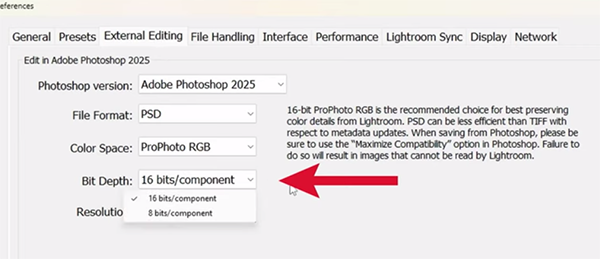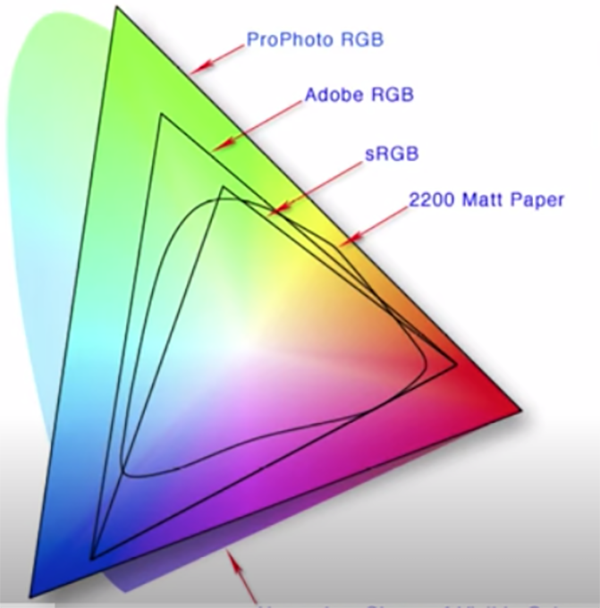Learn How a Simple Flash Will Dramatically Improve Your Photos (VIDEO)
Too many photographers avoid using flash because of a misconception that this versatile accessory is overly complicated to master, but today’s quick tutorial from Newcastle Photography College will quickly allay these concerns and inspire you give basic flash photography a try.
Our unnamed Australian instructor demonstrates why “flash photography opens up so many other possibilities to us as photographers,” and he provides several inspiring examples to illustrate how. Best yet, it will only take six minutes for you to be convinced. It’s all about understanding why the use of an affordable flash will create eye-catching results that are difficult or impossible to mimic with available light—even when you turn to post processing.

You may be surprised how easy it is to get started, especially with today’s sophisticated and intuitive gear. In fact, reading the instruction manual and engaging in a bit of experimentation is often all it takes. That’s why this eye-opening video is less about specific flash techniques than it is an encouragement for you to see what’s possible.
The foregoing holds true whether you’re shooting indoors in dim light or out in the field where a flash can help stop action or provide a little bit of fill that can make a big difference in macro shots, environmental portraits , and more. As our instructor says, ‘in this video I’ll show you a variety of ways that you can take advantage by spending a little time to learn flash lighting.”

In essence this is all about deciding not to restrict your creative possibilities by giving supplemental lighting a try, So here’s the bottom line: If there’s a flash gathering dust in the back of your closet, pull it out (along with the instructional manual) and look at this helpful accessory with curiosity rather than trepidation.
Or go out and spend a few buck acquiring an automatic TTL flash that’s designed specifically for whatever camera you use most. Trust us: you’ll be very glad that you did. Then check out the Newcastle Photography College YouTube channel where you find a variety of other helpful explainers.
And speaking of solving difficult lighting situations, we encourage you to watch a tutorial we featured with another accomplished educator who demonstrates several in-camera techniques that banish image-killing flare and reflections when shooting outdoor photographs against the sun.








